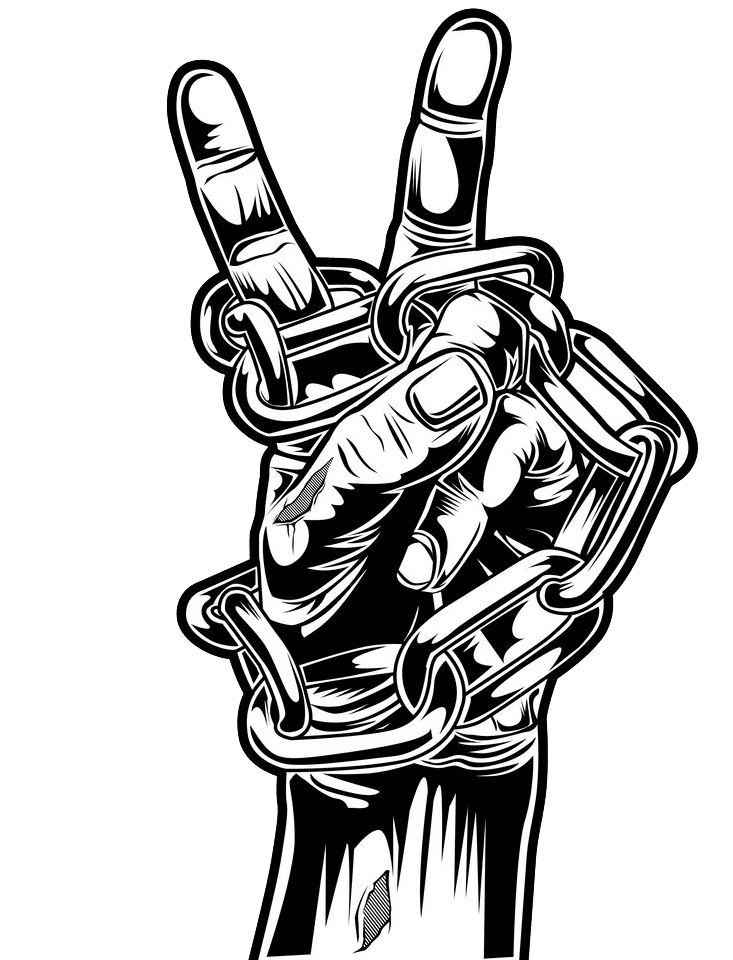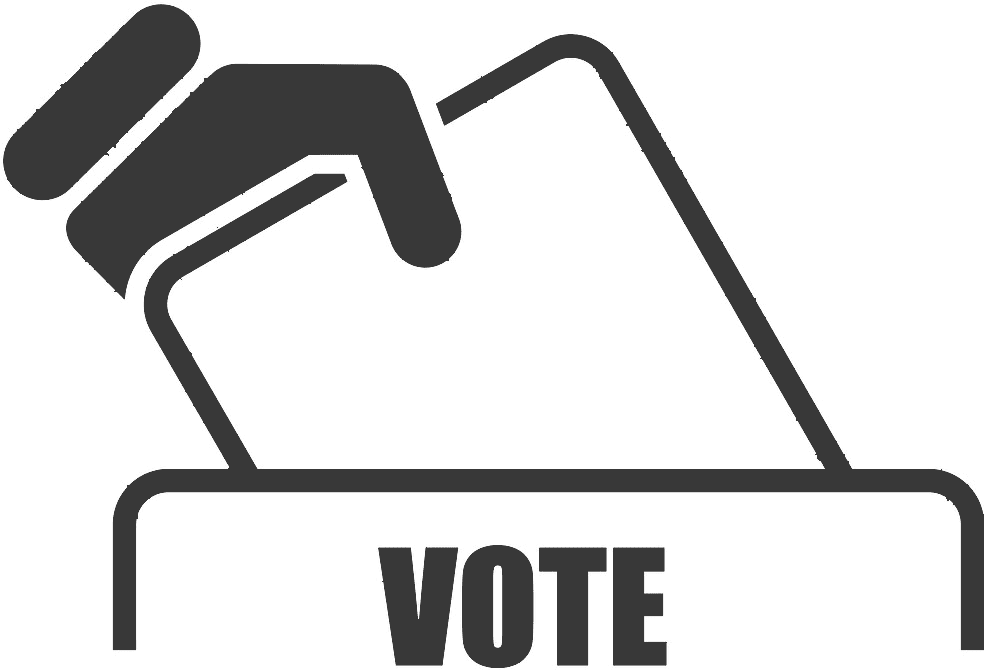Medical debt is a real burden to many Americans, with over 43 million suffering because of their overdue bills. So it’s no wonder debt collectors are now seeking creative ways to get people to pay.
While federal law prohibits collection agencies from taking part in what many believe is harassment over unpaid bills, 1977 collection laws say nothing about how consumers can be contacted digitally. Now that the Consumer Financial Protection Bureau is pushing a new proposal, which hopes to further restrict debt collectors in the digital realm, consumer watchdog firms aren’t happy, as they believe CFPB’s efforts are lacking.
“This really doesn’t go far enough,” April Kuehnhoff, an attorney at the National Consumer Law Center, told reporters. To the specialist in debt collection, the new proposals do not protect people from “unfair collection practices.

Instead, the consumer advocacy firm wants more limitations imposed on debt collectors, arguing that consumers who get many calls over medical bills suffer tremendously. But what are companies to do if they aren’t paid?
Collection firms against the new proposal argue that enacting rules that tie the collector’s hands will also hurt consumers.
If consumers can’t be contacted more than three times a week, which is the limit NCLC is recommending, collection agencies will face difficulties trying to work out payment plans. The result will be more litigation and unfavorable credit reporting — two outcomes that will hurt consumers in the low- and middle-income brackets.
But to advocates, the need to offer consumers protection from debt collectors stems from accountability issues, as medical providers and insurance companies aren’t infallible.
With an average 19.3 percent claim-processing error rate, inaccurate health insurance claim payments waste $17 billion each year. To many consumers with medical debt, consumer watchdogs say, their concern is that they are not being fairly charged.
While both sides have strong arguments in favor and against the proposed plan, it’s important to look at how we got here. Especially now, as so many Americans struggle to find care due to the skyrocketing costs.
Government Ruins Everything it Touches
In 1965, when the government passed Medicare and Medicaid, bureaucrats created an artificially high demand for doctors and hospitals, all the while imposing a series of regulations that further restricted the supply of care. As prices responded, growing at a much faster pace than inflation, government kept imposing more and more regulations to help “fix” the cost issue and offer “affordable” health care to all.
After the Obamacare debacle doubled down on the same policies created in 1965, helping to worsen the situation of health care in the country, doctors and providers were once again inundated by the bureaucracy produced by the laws. As doctors spend more time filling out paperwork than actually talking to patients, people are getting worse and more expensive care, becoming iller, and are even dying at a greater rate thanks to medical errors.
To make matters worse, government is once again at it, trying to pass yet another rule targeting the consequences of these decades-old policies. But as new regulation poses a series of new risks, few, if any, members of the medical industry advocate for less government involvement.




















